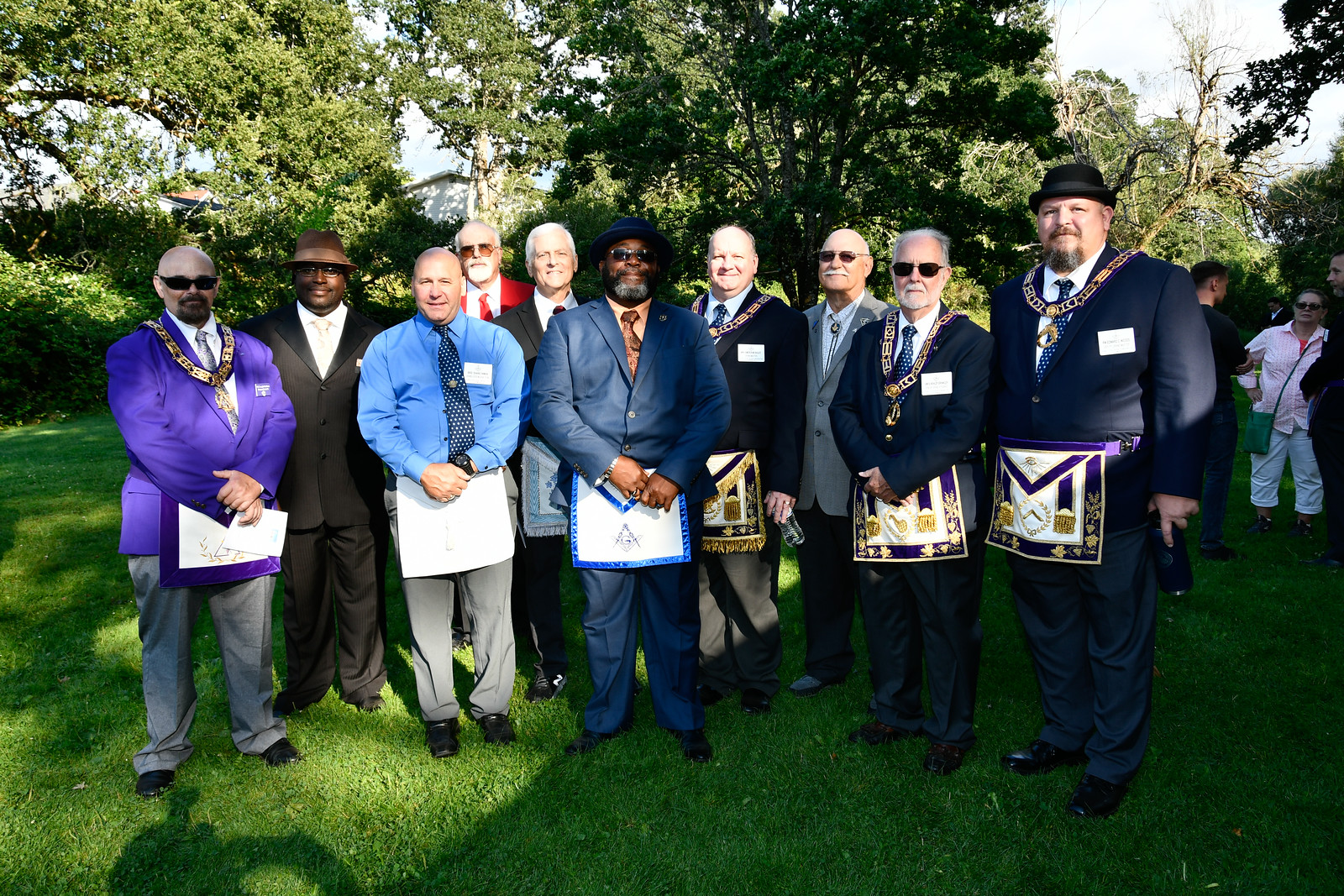Easy Steps to Help You Understand How to Join a Masonic Lodge Confidently
Wiki Article
Exploring the Mysteries of the Freemason: What You Need to Know
The Freemason, a term usually shrouded in intrigue and controversy, represents a complex tapestry of historical truth and modern-day misconception. Developed in the late 18th century, this secret culture was originally rooted in the Knowledge's suitables however has actually since become synonymous with conspiracy theory concepts regarding elite control. As we navigate the origins, key figures, and the plain contrast in between misconception and truth, one should think about how these narratives influence modern assumptions of power and secrecy. What might be revealed via a better evaluation of these elements could test long-held assumptions about the darkness that remain in our society.Beginnings of the Freemason
The beginnings of the Freemason are steeped in a mix of historical intrigue and ideological eagerness. Developed in 1776 in Ingolstadt, Bavaria, by Adam Weishaupt, the group was originally formed as a secret culture focused on promoting Knowledge perfects such as reason, secularism, and the splitting up of church and state. Weishaupt, a professor of canon legislation, looked for to challenge the prevailing authority of the church and state, which he considered as oppressive organizations suppressing intellectual and individual liberty.The Freemason looked for to recruit significant participants from different social sectors, including national politics, academic community, and the arts, to foster a network devoted to these Knowledge principles. The culture run under a shroud of secrecy, employing coded language and rituals to secure its participants from persecution, specifically offered the repressive climate of the time. Nevertheless, the Freemason dealt with substantial resistance from both governmental authorities and spiritual establishments, which viewed the group as a risk to their power.
Secret Figures and Members
Who were the crucial numbers that shaped the Freemason's early influence and instructions? The Bavarian Freemason, established in 1776 by Adam Weishaupt, emerged as a reaction to the oppressive social structures of the time.Another significant number was Johann Gottlieb Fichte, a famous theorist whose ideas on nationalism and education reverberated with the Freemason's goals. Fichte was not an official participant, his philosophical supports affected the group's ideological background. Furthermore, figures like the author and theorist Johann Wolfgang von Goethe were related to the more comprehensive intellectual movements of the moment, although their straight involvement with the Freemason continues to be disputed.
These key numbers contributed to the Freemason's very early direction, pressing the boundaries of political and social idea, while their collective initiatives aimed to test established standards and foster an environment of dynamic modification in Europe.
Misconceptions vs. Reality
Several false impressions surround the Freemason, usually blending reality with fiction in a manner that covers its real nature. This secret society, initially founded in 1776 in Bavaria, aimed to advertise Enlightenment suitables and fight religious and political injustice. The idea that the Freemason remains to put in substantial influence over globe events is a myth. While the team did exist, it was dissolved in the late 18th century and has not operated as a natural entity since then.One more widespread misconception is that the Freemason comprises a network of elite individuals controling international events. Actually, numerous conspiracy theory concepts overemphasize the team's significance, attributing unproven intentions to social fads and events. This has resulted in an oversimplified view of complicated problems.

Modern Interpretations
Contemporary interpretations of the Freemason typically show wider social anxiousness and an attraction with privacy and power. This modern lens how to join a masonic lodge frequently associates the Freemason with conspiracy theories that suggest a concealed elite manages globe occasions, adjusting federal governments and economic situations for their very own gain. Such stories touch right into a deep-rooted distrust of authority, particularly in times of situation or social turmoil.
In addition, some modern-day analyses mount the Freemason as a metaphor for the complexities of globalization and the interconnectedness of influential people and companies. This viewpoint encourages a critical assessment of how power dynamics operate in today's globe, highlighting the equilibrium between transparency and privacy in administration and business practices.
Cultural Influence and Tradition
Influenced by centuries of intrigue, the cultural impact and heritage of the Freemason prolong far past its historic origins. This secret culture, developed in the late 18th century, has penetrated different facets of popular society, from literature and movie to songs and art. The concept of the Freemason has actually progressed into an icon of conspiracy theory theories, often standing for a viewed hidden power adjusting global occasions.In literature, writers like Dan Brown have woven the Freemason right into complex plots, exciting readers with motifs of secrecy and power. Movies such as "National Treasure" and "The Da Vinci Code" better continue the attraction of the society, mixing truth with fiction to develop appealing stories.
The Freemason's influence additionally extends right into music, with musicians referencing the organization to evoke themes of disobedience and societal review. This representation has added to a fascination with the idea of private groups managing the bars of power, showing social anxieties regarding authority and openness.
Eventually, the Freemason's heritage is a complex tapestry of myth and fact, shaping understandings of privacy and control in modern discussion. Its enduring existence in society underscores humankind's seasonal pursuit for understanding surprise facts.
Conclusion
The exploration of the Freemason exposes an intricate interplay between historical truths and modern-day myth-making. Established in the Enlightenment age, this culture intended to test overbearing frameworks, yet its legacy has been eclipsed by conspiracy concepts that recommend elite adjustment. Understanding the distinctions between the original suitables and contemporary interpretations is necessary for understanding the sustaining attraction with the Freemason and its significant influence on cultural narratives surrounding power and privacy in culture.Report this wiki page